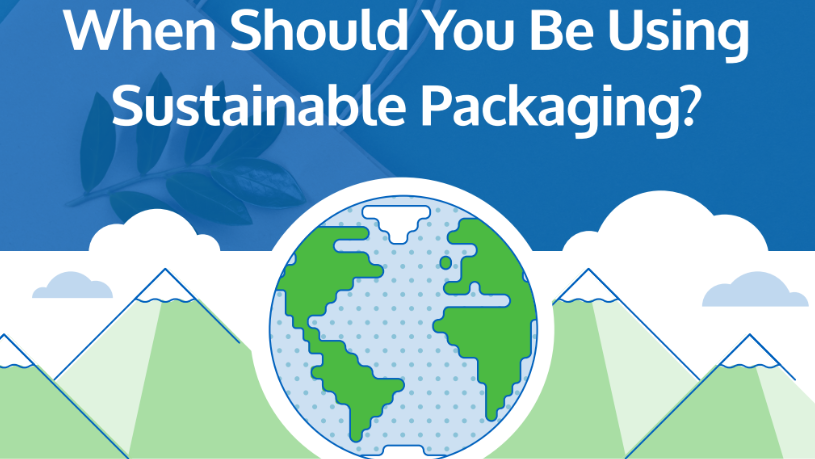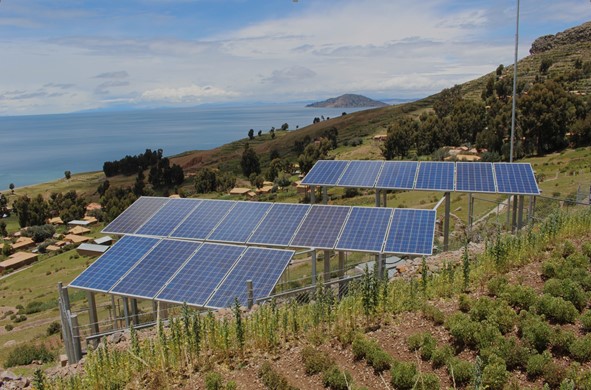Rethinking Packaging: The Growing Importance of Sustainable Solutions

As environmental concerns take center stage—from plastic pollution to overflowing landfills—the role of packaging in global sustainability efforts has never been more significant. Packaging is no longer seen as a simple protective layer for products; it’s a visible expression of a company’s environmental values. For both brands and consumers, sustainable packaging has become a defining element of responsible business and modern supply chains.
The Problem with Conventional Packaging
The numbers are staggering. Each year, tens of millions of tons of plastic packaging are produced worldwide, yet only a small percentage ever makes it through the recycling process. The rest ends up buried in landfills, incinerated, or polluting oceans and waterways. This accumulation contributes to greenhouse gas emissions, long-term ecosystem damage, and growing waste management challenges across the globe.
The explosion of e-commerce has only amplified the issue. The convenience of online shopping generates an estimated 8 million tons of packaging waste annually from shipping materials alone. Much of it is non-recyclable or overpackaged, compounding an already serious problem for the environment.
The Shift in Consumer Expectations
Fortunately, public awareness is driving change. Today’s consumers—especially younger generations—are increasingly choosing products and brands that reflect their sustainability values. Research shows that over half of buyers are willing to pay a premium for eco-friendly packaging, and for many millennials and Gen Z consumers, environmental responsibility is a purchasing priority rather than a preference.
This shift in consumer mindset is reshaping business strategies. Companies are realizing that sustainable packaging isn’t just a way to reduce costs or waste—it’s a way to build trust, strengthen brand identity, and show genuine commitment to the planet.
What Makes Packaging Truly Sustainable?
Sustainability in packaging extends far beyond simply swapping plastic for paper. A truly sustainable design considers every stage of the packaging’s life cycle—from materials and manufacturing to reuse and disposal.
Key elements include:
- Material safety: Made from non-toxic, recyclable, or compostable materials that minimize environmental harm.
- Resource efficiency: Designed to reduce raw material use and energy consumption.
- Smart functionality: Provides adequate protection without unnecessary bulk or layering.
- Circular design: Supports a closed-loop system where packaging can be reused, repurposed, or reintegrated into production.
- Ethical sourcing: Uses responsibly harvested or renewable materials from transparent supply chains.
Because every product and market has unique requirements, there’s no universal solution. The most effective approach depends on the product’s durability, intended lifespan, and consumer expectations.
Transitioning Toward Greener Packaging
For companies ready to embrace sustainable packaging, the path forward involves both strategy and collaboration. Here are a few practical steps to begin the transition:
- Minimize waste: Streamline packaging design to use fewer materials without sacrificing function or protection.
- Explore alternative materials: Replace plastics with biodegradable, plant-based, or recyclable options.
- Educate consumers: Provide clear instructions for recycling, reusing, or returning packaging. Awareness encourages action.
- Consolidate packaging: Offer bulk or multi-unit options to reduce the amount of packaging per item.
- Choose sustainable partners: Work with vendors who follow responsible sourcing and production practices.
These measures not only reduce environmental impact but also strengthen brand loyalty among environmentally conscious customers.
Looking Ahead: Sustainability as a Standard
Sustainable packaging is more than a marketing trend—it’s a cornerstone of environmental stewardship. Every improvement, from smaller boxes to compostable materials, contributes to a global shift toward reduced waste and smarter resource use.
For businesses committed to progress, rethinking packaging is an opportunity to lead by example. Each eco-conscious choice helps preserve resources, reduce pollution, and inspire others to follow suit. In an age where sustainability defines reputation, making the switch to greener packaging isn’t just good practice—it’s essential for the planet and for long-term success.
For more on this, check out the infographic below from Eagle Flexible Packaging company.
Read Also:












